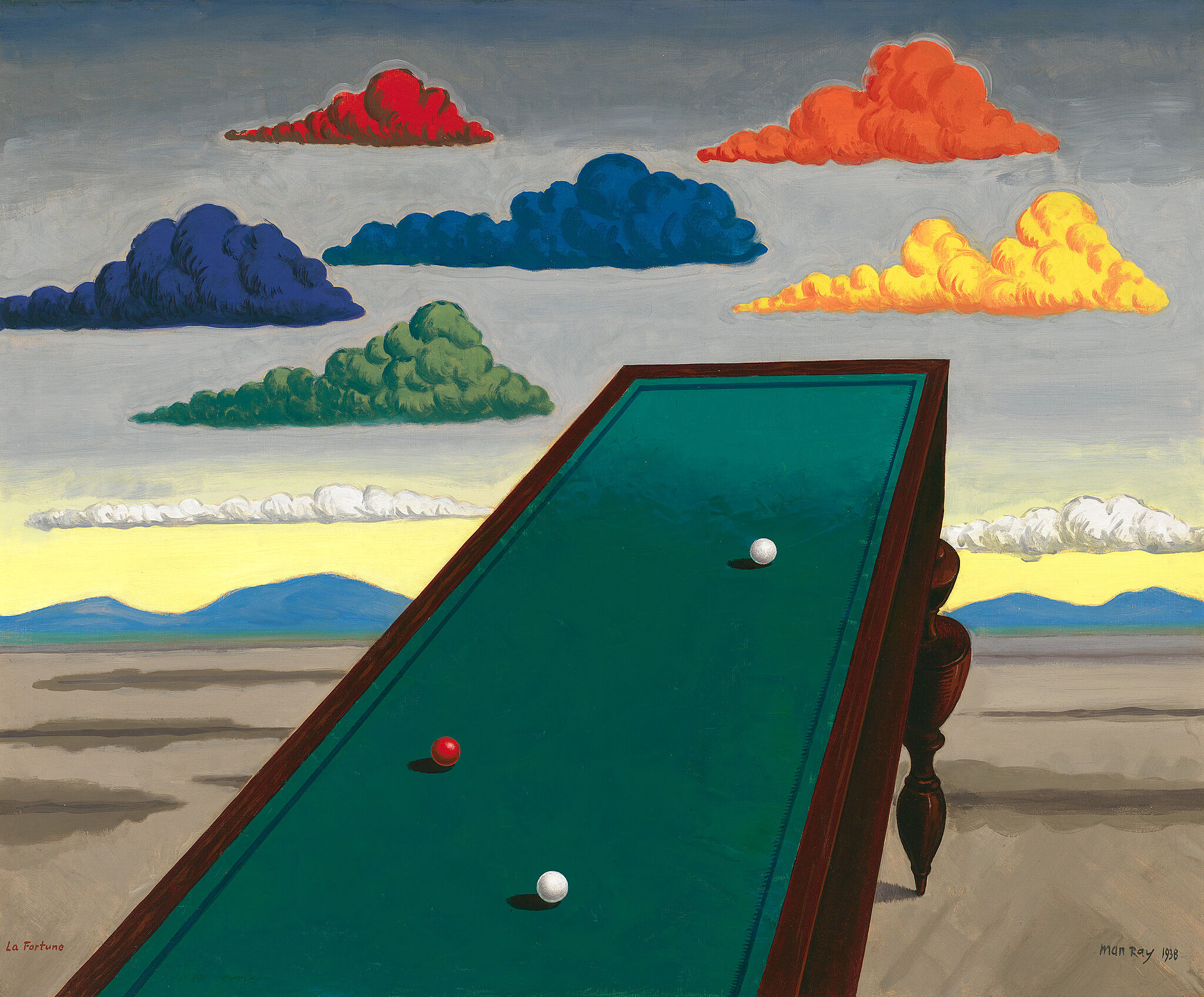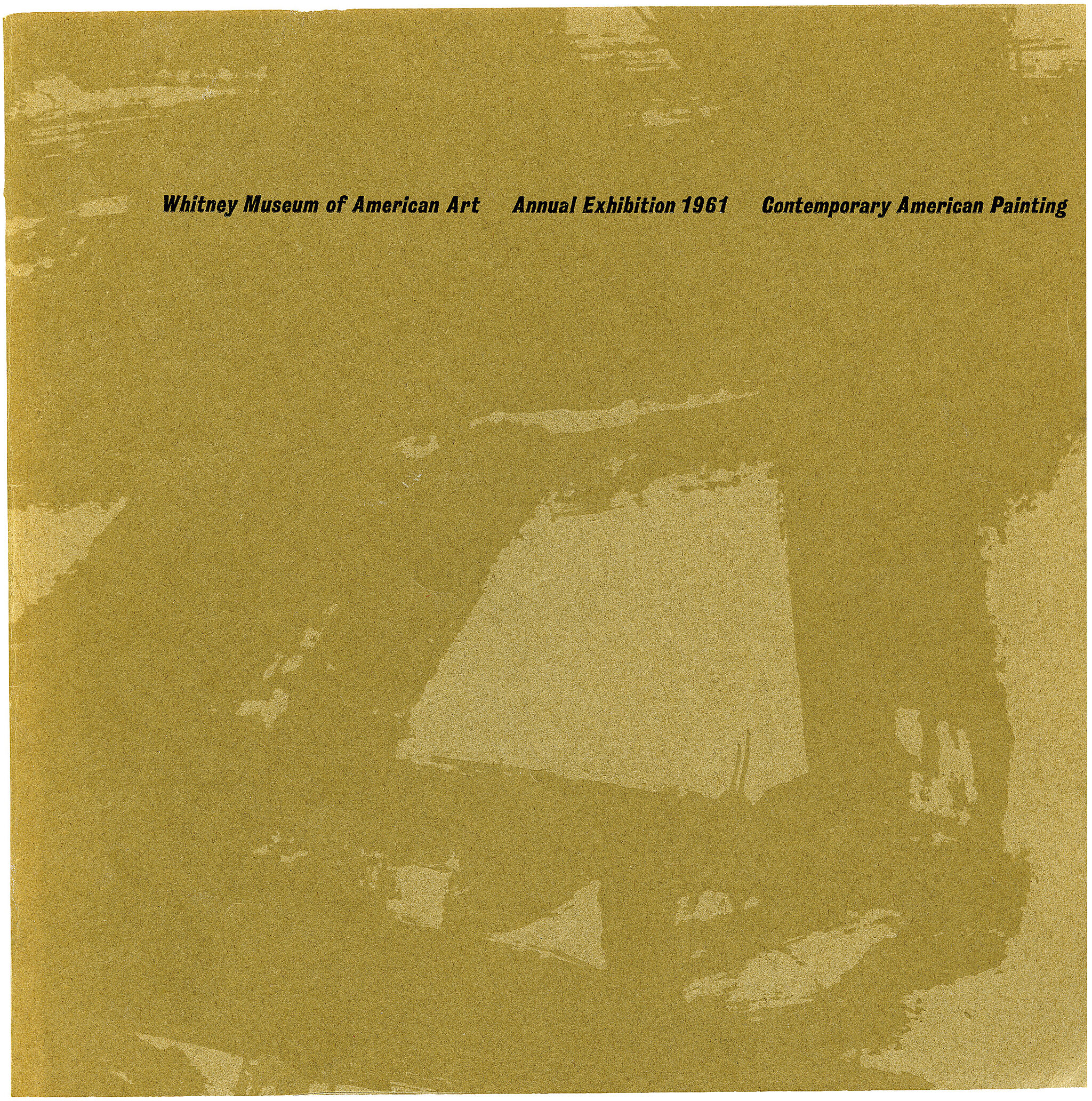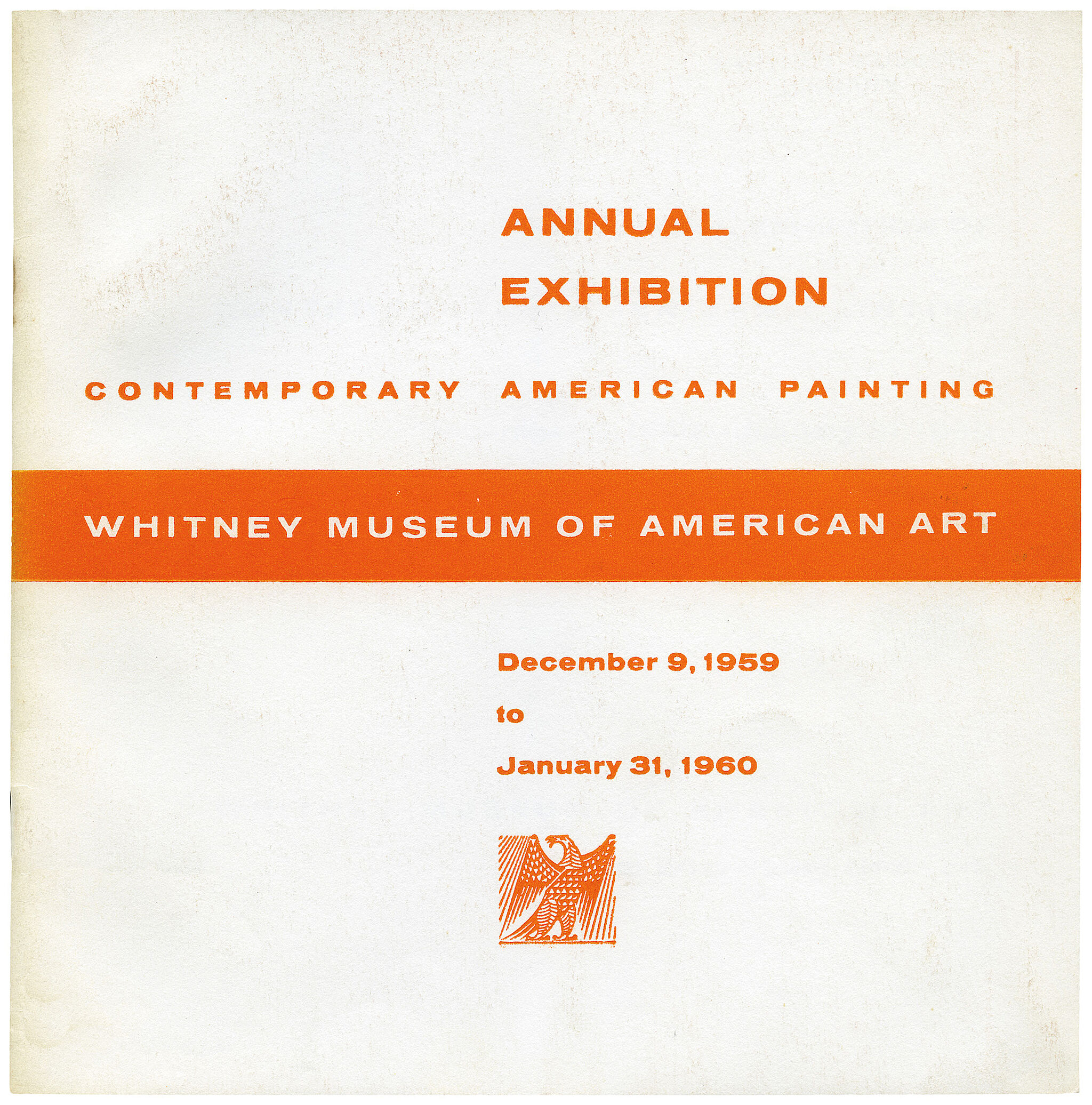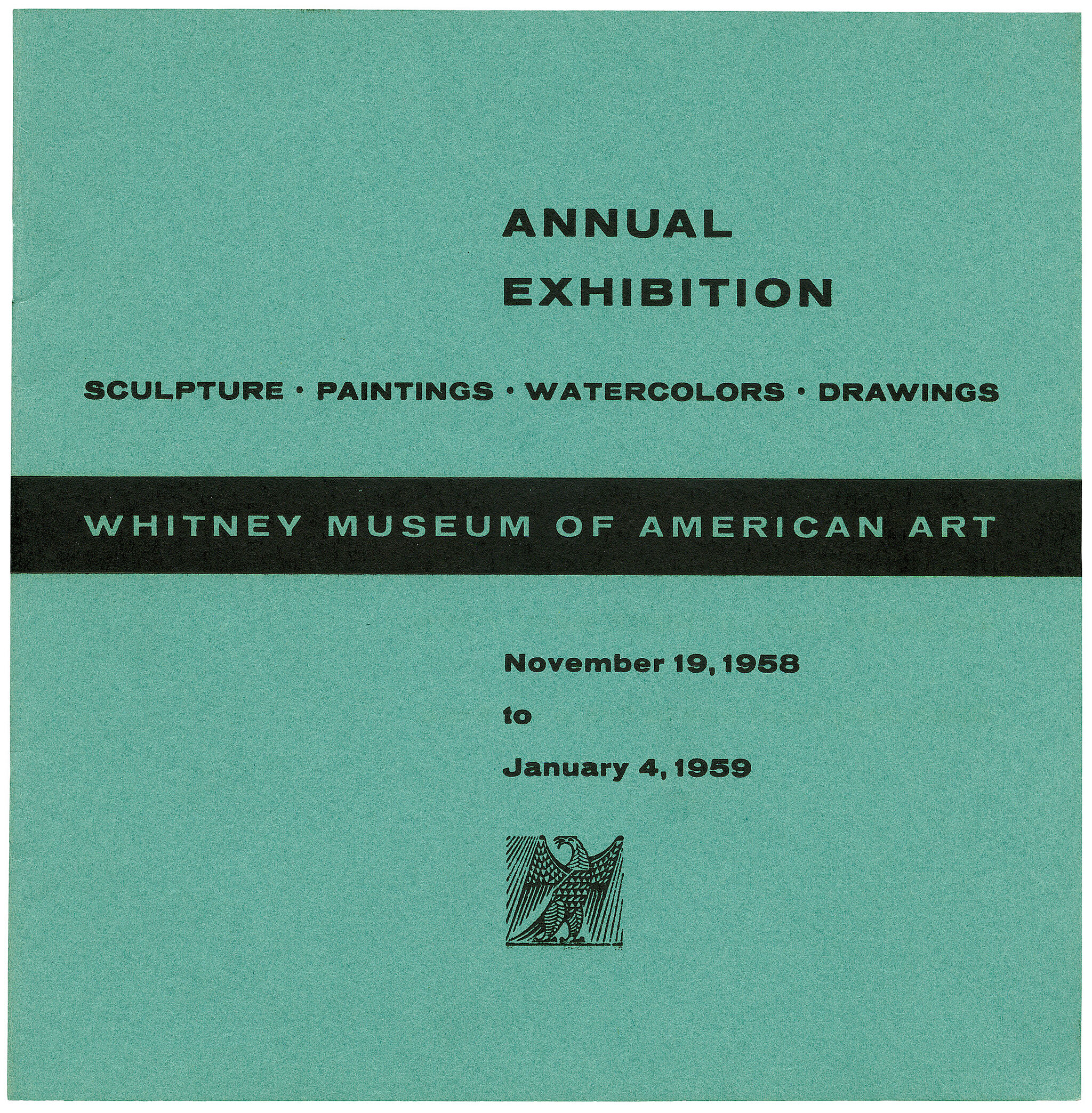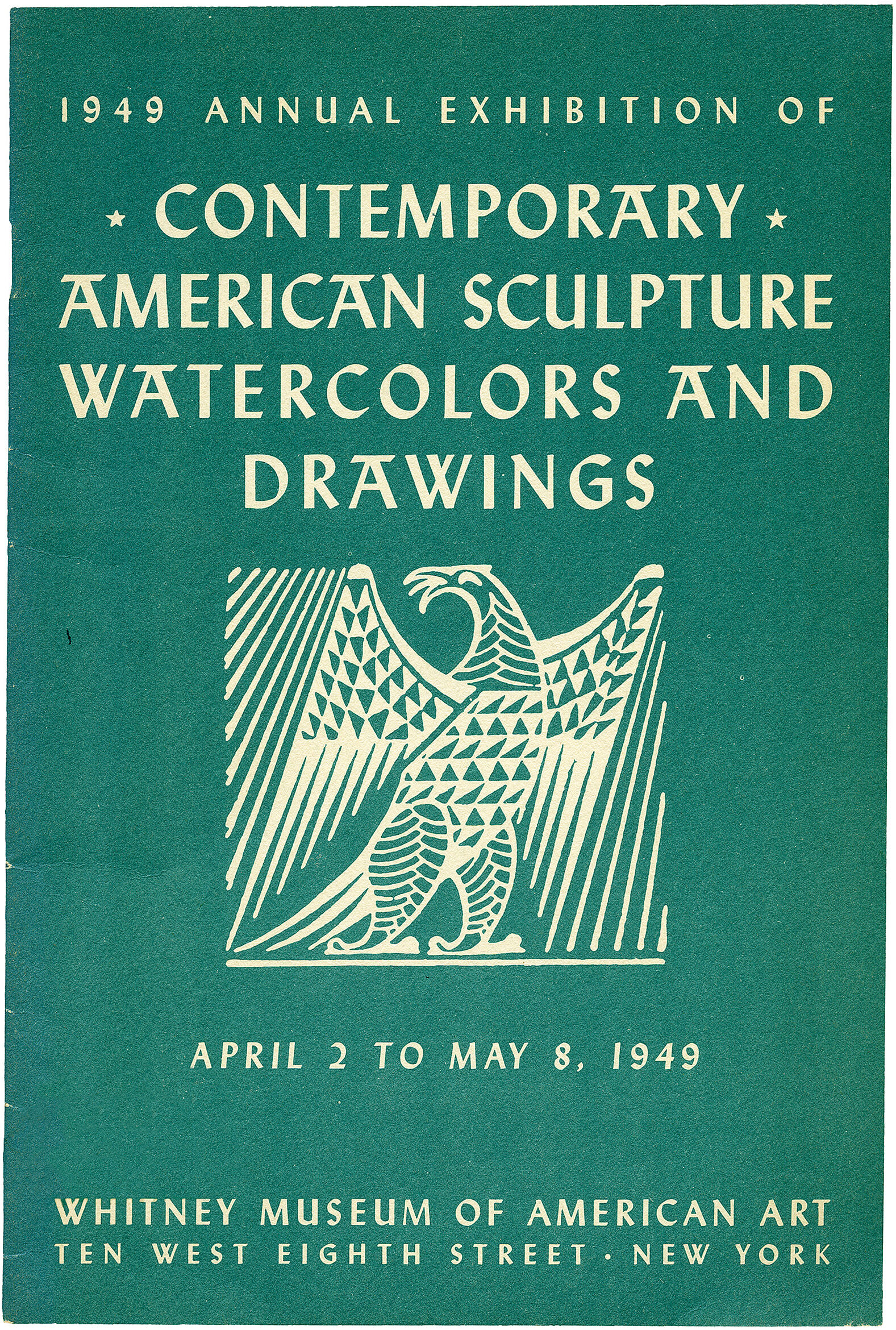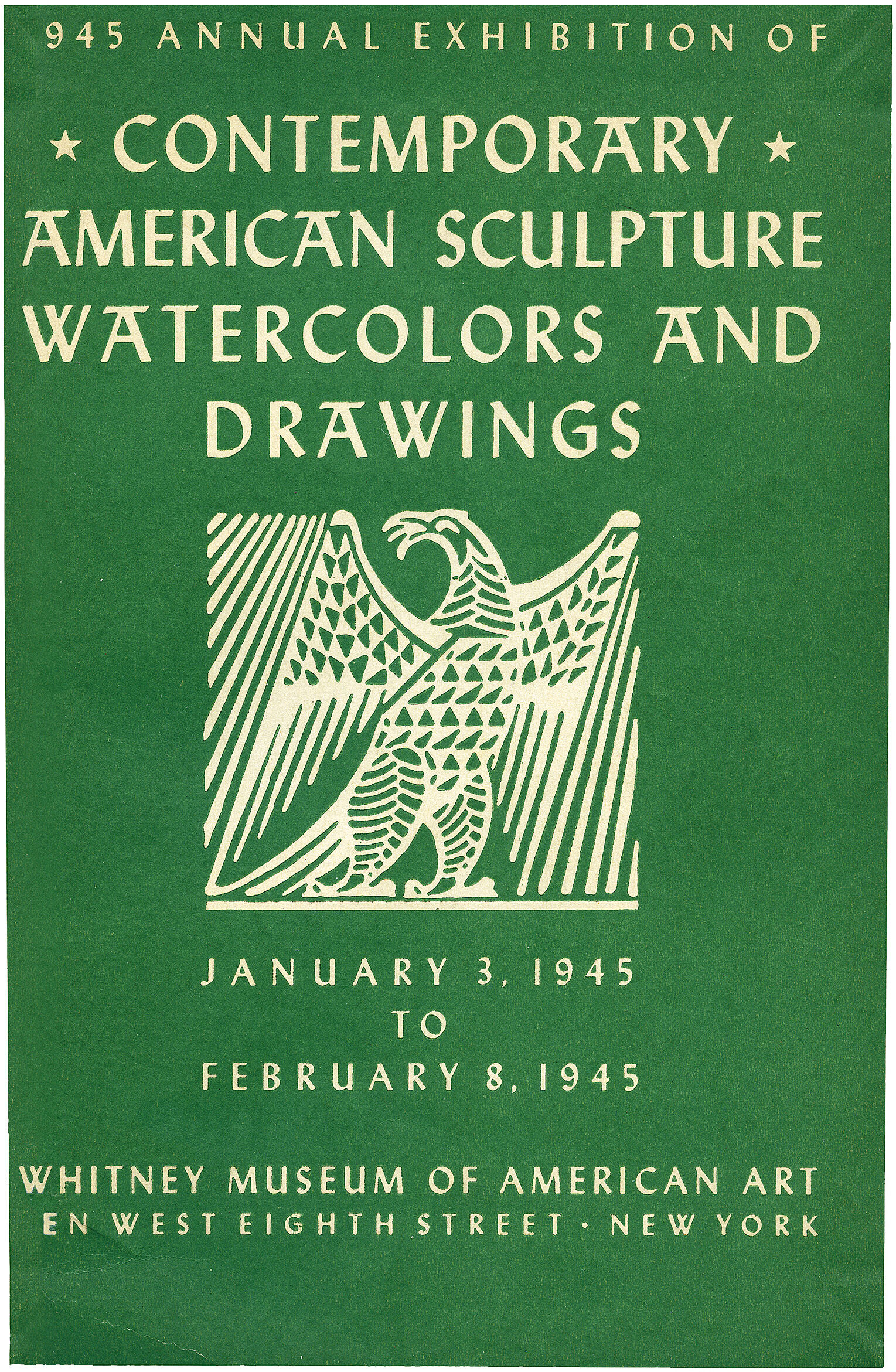Charles Burchfield
1893–1967
For Charles Burchfield, the American landscape was a source of revelation. Working primarily in watercolor, he captured the vicissitudes of each season at every time of day and change in weather— an infinite variety that, in turn, became a mirror of his own moods and emotions. Noontide in Late May belongs to an early group of lyrical nature studies Burchfield made in his boyhood home of Salem, Ohio. Produced during his self-described “golden year,” in which he completed his artistic training and embarked on his first mature works, this depiction of a neighbor’s backyard conveys the pulsing fecundity of a spring afternoon. Burchfield described the work as “an attempt to interpret a child’s impression of noon-tide in late May—The heat of the sun streaming down and rosebushes making the air drowsy with their perfume.” Yet while his swelling forms are suffused with a sense of radiant exuberance, they also hint at an underlying disquiet, especially in the writhing thicket of trees at the rear. Indeed, several of the scene’s stylized motifs relate to the series of abstract forms Burchfield devised as “Conventions for Abstract Thoughts,” evoking threatening emotional states he associated with childhood, such as “Fear,” “Menace,” and “Dangerous Brooding.”
Burchfield’s residence in Salem and later Buffalo, New York, distanced him from the New York art world. By the 1930s, however, his emphasis on small-town subject matter and a shift to a darkened palette led to his association with fellow painters of the American Scene, and especially to his friend Edward Hopper. Ice Glare, a watercolor from this period, depicts a solitary residential street in Buffalo. The intense contrast between the dilapidated buildings and the brilliant light reflected off the snow reinforces the crisp austerity of this Depression-era scene.
Introduction
Charles Ephraim Burchfield (April 9, 1893 – January 10, 1967) was an American painter and visionary artist, known for his passionate watercolors of nature scenes and townscapes. The largest collection of Burchfield's paintings, archives and journals are in the collection of the Burchfield Penney Art Center in Buffalo. His paintings are in the collections of more than 109 museums in the USA and have been the subject of exhibitions at the Metropolitan Museum of Art, the Whitney Museum of American Art, the Hammer Museum, and the Museum of Modern Art, as well as other prominent institutions.
Wikidata identifier
Q3349279
Information from Wikipedia, made available under the Creative Commons Attribution-ShareAlike License . Accessed January 6, 2026.
Introduction
Primarily associated with American Scene Painting, Burchfield was schooled in Cleveland and began painting decorative and expressively colored watercolors ca. 1915. He married, moved to a suburb of Buffalo, and began working as a designer of a wallpaper firm in 1922. Painting full-time by 1929, his works became larger, and he concentrated on realist, urban subjects, such as the industry around Buffalo. In 1936-1937, Fortune magazine commissioned Burchfield to paint railway yards and coal mines. During his later period, from 1943-1967, his works became more expressionist, evoking his pantheist beliefs. Comment on works: Landscapes
Country of birth
United States
Roles
Artist, illustrator, painter
ULAN identifier
500015189
Names
Charles Ephraim Burchfield, Charles Birchfield, Burchfield, Charles Burchfield
Information from the Getty Research Institute's Union List of Artist Names ® (ULAN), made available under the ODC Attribution License. Accessed January 6, 2026.






